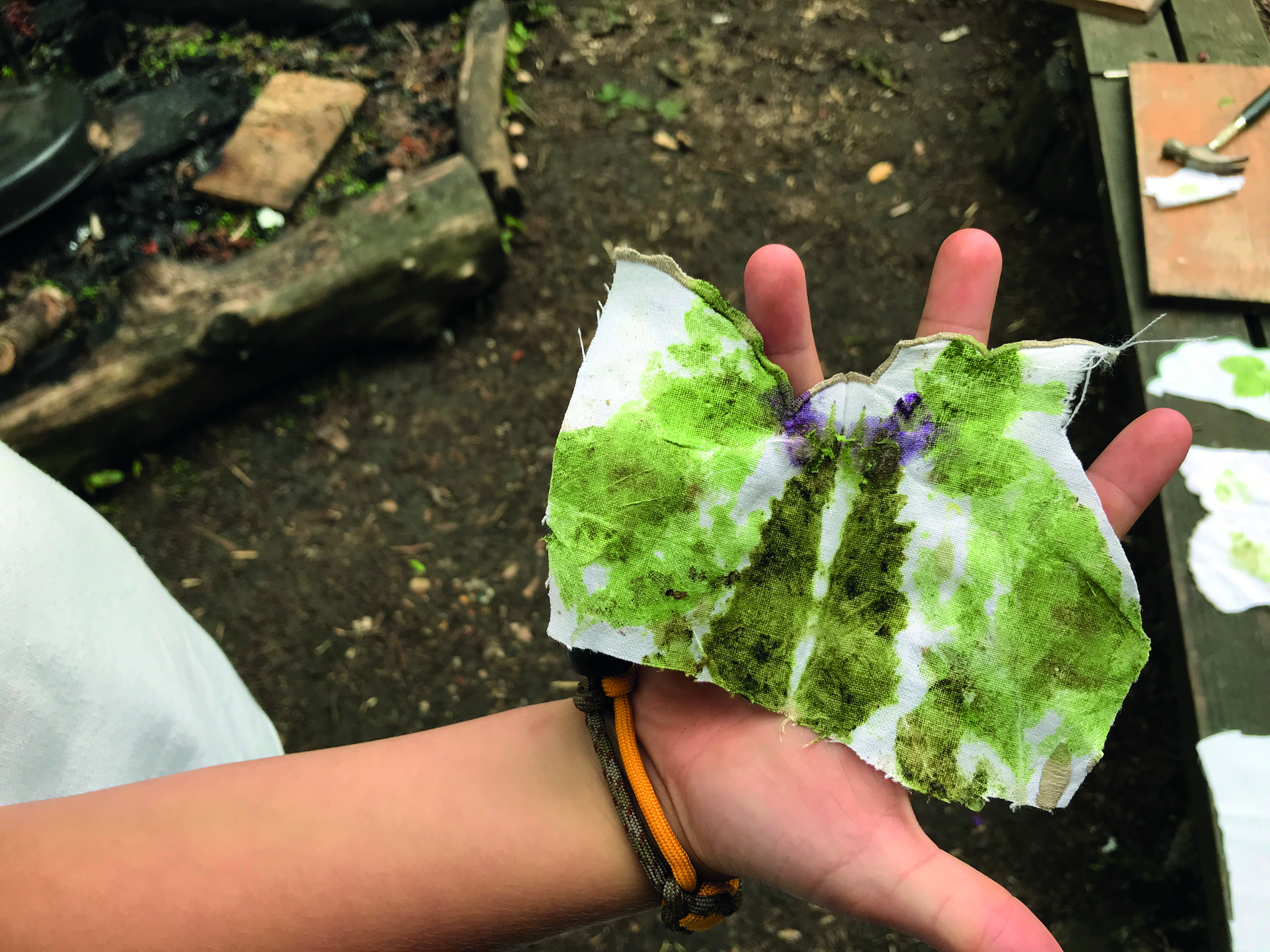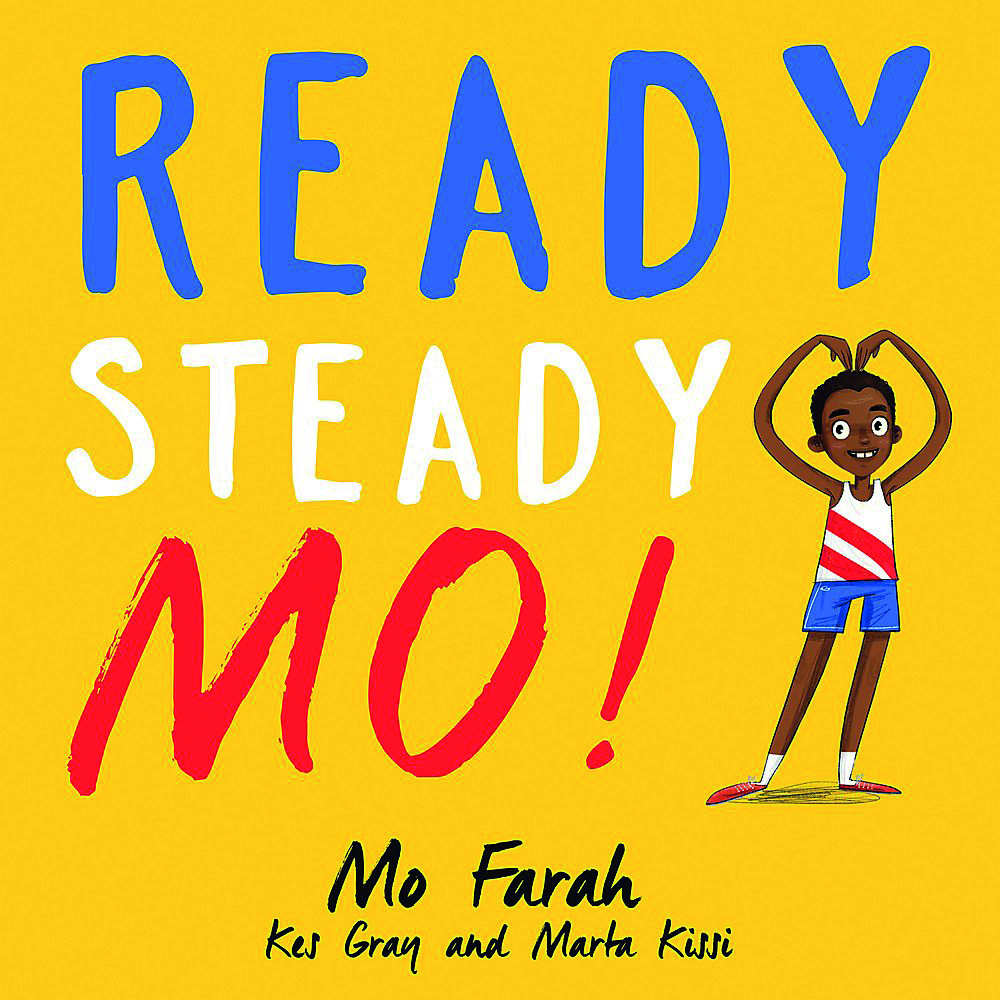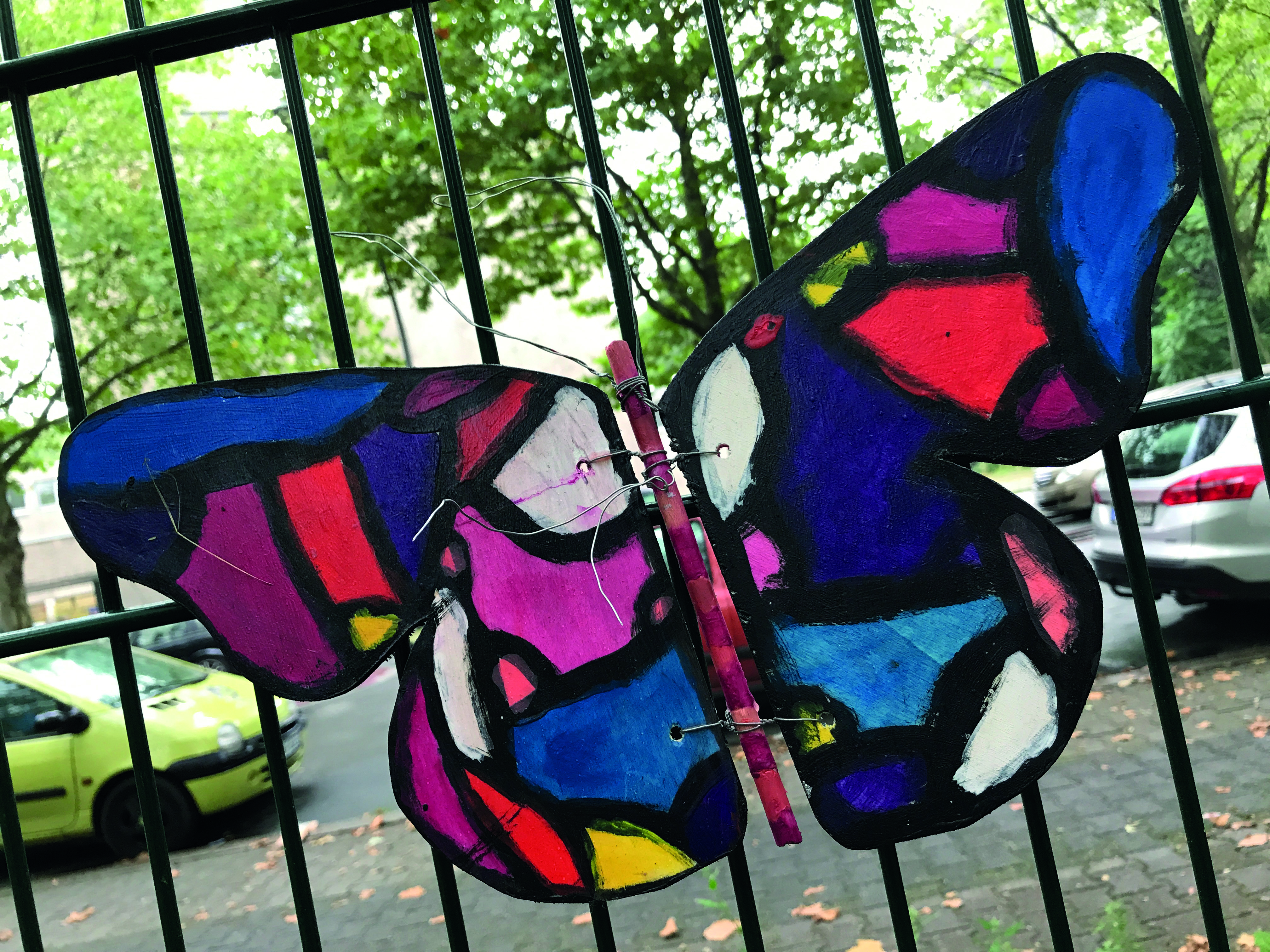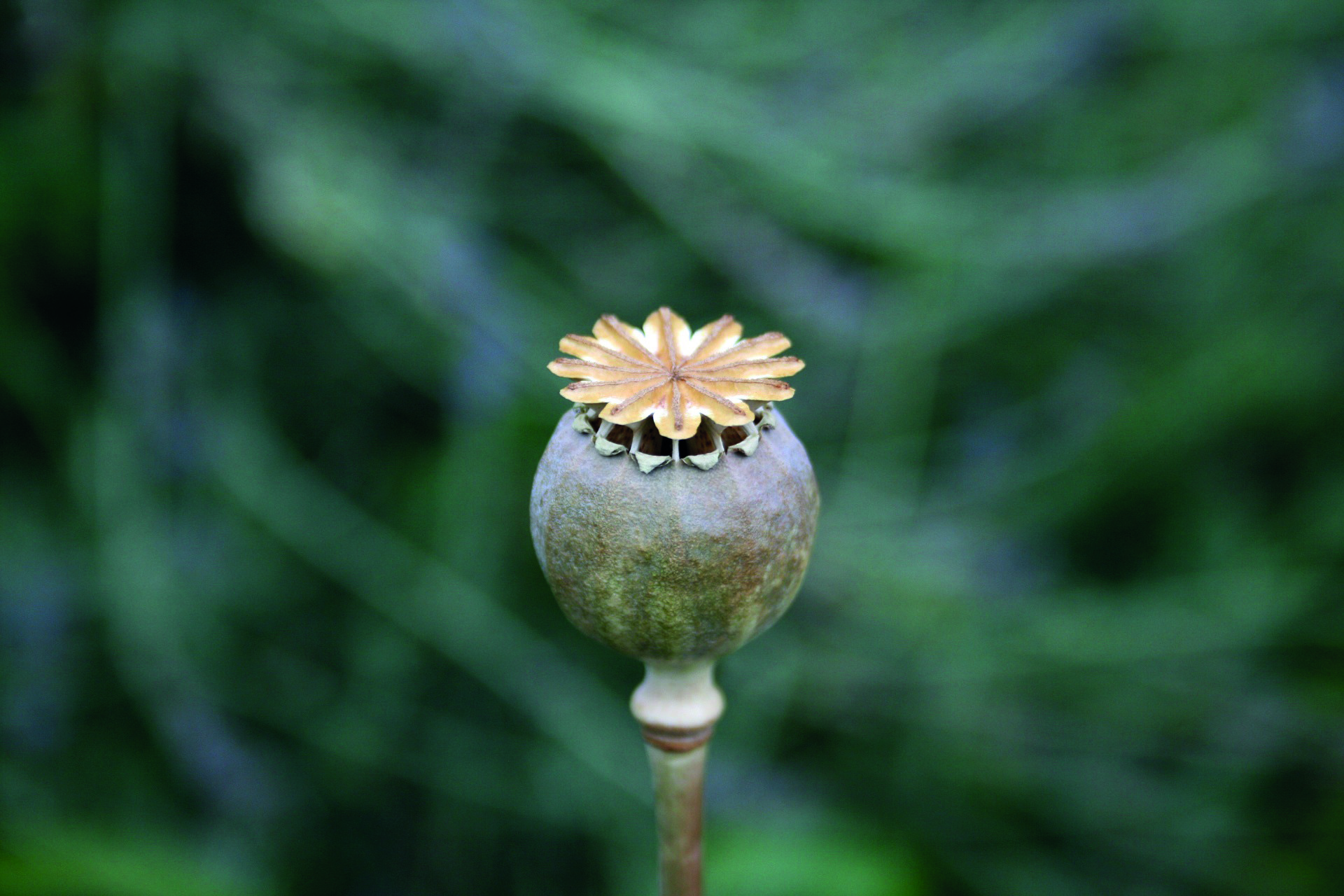
Activity
HAPA ZOME

Hapa Zome is the art of creating prints from natural materials, usually leaves and flowers. It is a simple activity and incorporates creativity, physical dexterity and making a very loud noise. What’s not to love? You will need:
- Pieces of absorbent fabric – old, pale-coloured cotton sheets or tablecloths are ideal.
- Flowers, leaves and grass stems with high pigment levels.
- Hammers, rounded pebbles or chunks of wood for bashing with.
- A flat surface to hammer onto.
Place a leaf, flower or arrangement of them on one half of a rectangular piece of cotton, then fold the fabric over so it covers the leaves. Using a hammer, pebble or piece of wood, ‘bash’ the fabric. The natural dyes from the leaves and flowers will leach through the fabric and, once the fabric is unfolded, a symmetrical image of the leaves will be imprinted onto it. Experiment with fabric sizes, types of ‘basher’, and especially types of flowers or leaves.
- Make the most of the discussion opportunities with Hapa Zome. It lends itself to rich STEM language, so talk about the parts of the plant, the effect different bashers and fabrics have on the final image and why some leaves and flowers work better than others.
- Offer various sizes of fabric – a tiny piece will encourage children to seek out very small petals or leaves, and bash more delicately. A large piece of cotton could enable every child to contribute a plant to create a composite image.
Top tips:
- Don’t spend ages cutting up the fabric – most cottons will tear neatly along a small snip.
- Choose pebbles that sit comfortably in children’s palms – too big and they won’t be able to control the bashing; too small and there won’t be sufficient force to squeeze out the pigments. Small woodworking hammers also work well.
- Bulky items, such as flower heads, will disintegrate under the bashers. Individual leaves and petals with high water content and pigment work best – but do experiment, it’s part of the fun!
Nature watch
LOOK OUT FOR…

Blackberries: Depending on the weather, blackberries begin to ripen early in August and are deliciously edible by mid-August. Blackberries are very distinctive, so it’s worth teaching children how to identify them by their appearance, colour and by the thorny stems surrounding them. If you have an abundance of blackberries nearby, compete with the birds to collect them, not just for eating right away, but for cooking over a campfire, squashing to make natural dyes and for mark-making.
Grasshoppers and crickets: Every child should be able to recognise the sound of a grasshopper or cricket rubbing its legs together. Take some time to sit silently in the grass, listening for that characteristic chirping. Very quiet, careful, observant children might even be able to sneak up on the sound and find a real grasshopper to examine.
Butterflies: Summer skies are full of butterflies and each species has unique markings. The charity Butterfly Conservation has excellent downloadable resources showing everything from life cycles to food sources to ID sheets – visit https://butterfly-conservation.org to find out more.
Maintenance
IT’S TIME TO…
- Keep letting the grass grow long in your setting! Long grass offers a multitude of benefits: it’s huge fun to play in, wildflowers will begin to self-seed, attracting pollinating insects, and it’s a lot less effort. However, keep strimming or mowing pathways, perhaps changing the ‘route’ every few weeks for exploring.
- Clean bird boxes and tables and do repairs (bat and owl boxes should be left alone). The nesting season for most birds is over, but check your boxes are empty. An old toothbrush and a weak solution of washing-up liquid will remove most marks; then rinse and allow to dry in the sun. If you fancy painting them, use a water-based exterior paint or eco-friendly preservative.
Story to share
 Ready Steady Moby Mo Farah and Kes Gray, illustrated by Marta Kissi
Ready Steady Moby Mo Farah and Kes Gray, illustrated by Marta Kissi
Summer is always full of major sporting competitions, and this vividly illustrated book explains all the different ways Olympian Mo Farah (drawn here as a child) practises running – along with an increasing squad of friends. It is an excellent ‘read and do’ story and will have children suggesting where and how they can run and what they might be wearing! The rhyming text bounces along and children will enjoy guessing what comes next. Read this outdoors and join the children in an exhilarating jog, finishing with a dramatic group ‘Mobot’ pose.
A new project
FENCE BUTTERFLIES AND WINDMILLS

Fences are not usually the most attractive part of any setting, so it’s great to see how many ways they can be ‘disguised’ with children’s weaving, willow or hazel panels, climbing plants and so much more. To make the most of summer’s gentle breezes, make beautiful butterflies and whirly windmills, and attach them to the fences:
Windmills: there are many instructions online for these, but in brief, each windmill will require a stick (a real one or dowelling), a square of stiff card and a short, ball-headed push-pin – the kind used on noticeboards. Each child should decorate their card square, and then it is cut diagonally from each corner, almost to the centre. Fold each corner towards the centre and hold all four corners in place on the stick with a push-pin. Attach the windmills to the fence so that their heads are above the top and they can catch the breeze.
Butterflies:You will need some thin plywood, a junior hacksaw (or better still, an electric jig saw), a drill and drill bits, sanding blocks, exterior-quality paints, thick wire and wire cutters and a strong stick or piece of dowelling for each butterfly.
- Make a butterfly-wing template – use a piece of A4 and try to fill it so that the butterflies stand out. Use the template to draw as many wings as you can fit onto your piece of plywood. Cut them out with a jigsaw if you have one (it will save hours).
- Drill two holes into each wing close to where the wing will join the ‘body’. Cut lengths of dowelling or ‘real’ sticks, each slightly longer than the ‘body’ edge of the wings.
- Give each child a sanding block so they can smooth down the sawn edges of the wings and the dowels, plus the drill holes in the wings.
- Once the wings and the bodies are smooth, paint both sides of each wing and the body, and allow them to dry.
- Join one wing to the body first, winding the wire through the drilled holes and around the body – then join the second wing. If you do them both together, they won’t ‘flap’. You want the wire securely attached to both the wing and the body, but with a bit of flexibility in-between.
- Use the wire to make antennae and attach each butterfly to the fence.
Why not add to the butterfly collection each year – perhaps each child moving to school could make a butterfly to leave behind as a memento.
Resources
BEG, BUY OR BORROW…

Gather seed heads: ask parents and neighbours to donate seed heads from their flowers and shrubs as summer blooms begin to fade. Seed heads can be used in many ways, most obviously to grow new plants ready for next summer. They can also be dried out and used as shakers or for a nature display, sliced up for close inspection or used to create collages and mixed media artworks. Try to collate as many different types as you can – and use plant ID guides to help children name the plant the seed heads came from.
Looking ahead
MAKE PLANS FOR…
It is time to apply for a Woodland Trust Trees for Schools pack: https://bit.ly/2VCEEPX. Be quick because it’s first come, first served. The trees will be delivered in November, which is the perfect time for tree-planting. They are provided as ‘whips’ – so called because they resemble whips, with just a stem, bare roots and possibly a few side stems. While these don’t look much like trees yet, whips are the best and most cost-effective way to grow really strong trees. I’ll write about planting your whips with the children in November’s calendar.
Risk assessment
WATCH OUT FOR…
Younger children: Some of your children will be readying themselves for the move to school, and their physical abilities will be at the top of the range you need to cater for in your setting. It is really important to assess your provision for accessibility for babies and toddlers, as the temptation will be to ensure the oldest children have plenty of opportunities to expend energy before coming back indoors, and this can sometimes be at the expense of physically challenging provision for younger children.
Audit the whole of your outdoors to identify where babies’ and toddlers’ physical development ‘next steps’ can safely take place. It might mean creating a dedicated space for them away from boisterous four-year-olds, requisitioning resources from elsewhere or paying greater attention to their developing physicality in order to plan for and risk-assess a revamp of outdoors in September.
‘Our Garden in 2021’
FOR THE RECORD…
Summer’s bountiful harvest is there for the taking – raid your own edible garden, or if you have allotments within walking distance, ask the allotment committee if you can bring children down to ‘scrump and forage’ for fruit and vegetables. While you won’t be able to have free rein, it’s likely that one or two allotment holders will be happy for you to harvest small punnets of produce, which you can eat straight away or use in recipes. Use the August pages of your floorbook to record the journey, the foraging and the cooking and eating.









